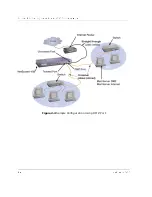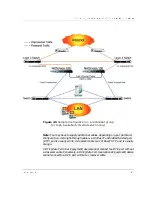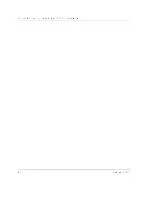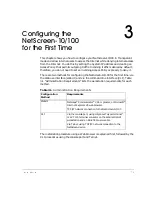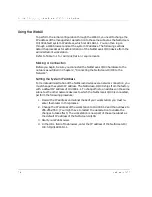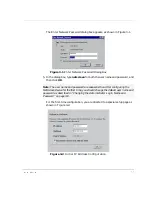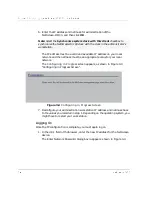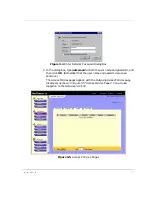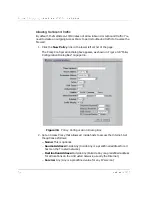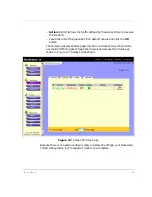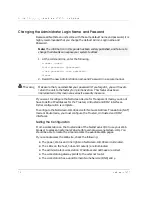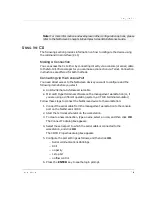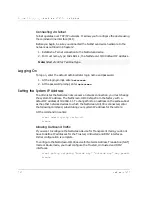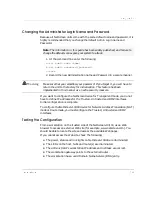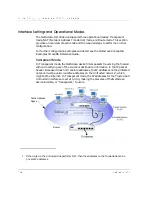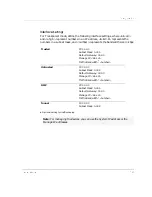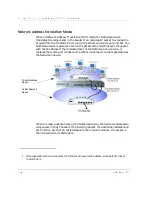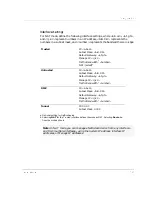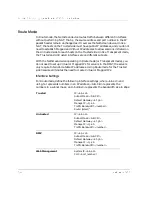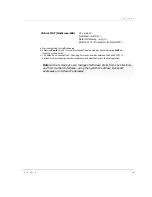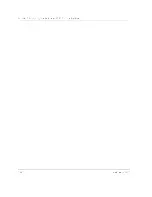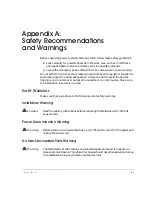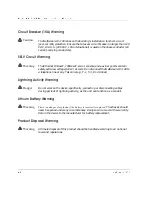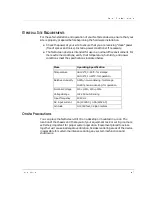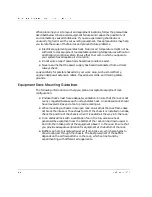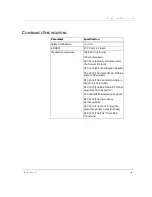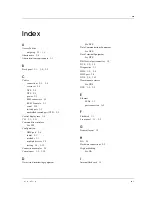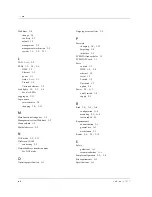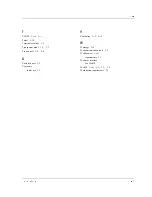
&KDSWHU&RQILJXULQJWKH1HW6FUHHQIRUWKH)LUVW7LPH
1HW6FUHHQ
,QWHUIDFH6HWWLQJVDQG2SHUDWLRQDO0RGHV
The NetScreen-10/100 device supports three operational modes: Transparent
mode, NAT (Network Address Translation) mode, and Route mode. This section
provides an overview of each mode and the required steps to perform an initial
configuration.
For further configuration examples and detail, see the NetScreen Concepts &
Examples ScreenOS Reference Guide.
7UDQVSDUHQW0RGH
In Transparent mode, the NetScreen device filters packets traversing the firewall
without modifying any of the source or destination information in the IP packet
header. Because it does not translate addresses, the IP addresses on the protected
network must be valid, routable addresses on the Untrusted network
1
, which
might be the Internet. In Transparent mode, the IP addresses for the Trusted and
Untrusted interfaces are set at 0.0.0.0, making the presence of the NetScreen
device invisible, or “transparent,” to users.
1. If the router on the Untrusted side performs NAT, then the addresses on the Trusted side can be
private IP addresses.
Public Address
Space
Router
Summary of Contents for NetScreen-10 Series
Page 1: ...1 76 5 1 QVWDOOHU V XLGH 9HUVLRQ 3 1 5HY...
Page 4: ...LY 1HW6FUHHQ...
Page 14: ...KDSWHU DUGZDUH DQG 6RIWZDUH HVFULSWLRQ 1HW6FUHHQ...
Page 20: ...KDSWHU RQQHFWLQJ WKH 1HW6FUHHQ WR WKH 1HWZRUN 1HW6FUHHQ...
Page 38: ...KDSWHU RQILJXULQJ WKH 1HW6FUHHQ IRU WKH LUVW 7LPH 1HW6FUHHQ...
Page 44: ...SSHQGL 6DIHW 5HFRPPHQGDWLRQV DQG DUQLQJV 1HW6FUHHQ...
Page 48: ...QGH 1HW6FUHHQ...

